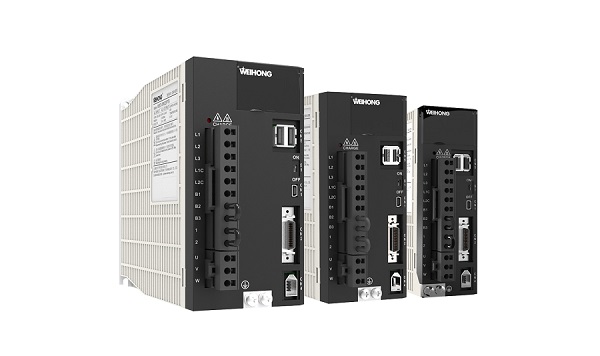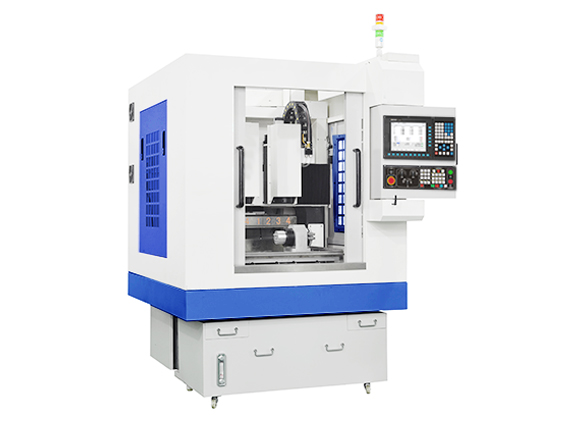After nearly a year of R & D and repeated testing and verification, the WISE Mechatrolink-Ⅱ (hereinafter referred to as MⅡ) bus-type AC servo driver will be officially launched to the market in August 2016. Its successful launch will be “packaged” together with Weihong control system to achieve higher precision machining requirements.
WISE (Weizhi) MⅡ bus type AC servo driver is the outstanding advantage of integrating WISE (Weizhi) pulse AC servo driver, and has been optimized and upgraded in terms of performance.
In terms of hardware, the WISE MII bus-type driver inherits the WISE pulse-type AC servo driver that is comparable to similar foreign products, and has extremely high stability and reliability.
In terms of communication speed, communication efficiency is higher and communication speed is faster. The synchronization accuracy of the clock between the axes of the bus servo driver is less than one microsecond, and the refresh cycle is less than 100 microseconds. It is suitable for multi-axis and high-precision motion control applications, especially applications that maintain high-speed motion and high-speed interpolation between multiple axes.
Schematic diagram of 400W, 750W, 1500W WISEMⅡ bus type AC servo driver
Compared with the pulse type AC servo driver, the following characteristics of the bus type servo driver are particularly obvious:
I. Effectively reduce communication interference
The pulse type driver, because the cable transmitting the pulse signal is extremely susceptible to external electromagnetic interference, so it is easy to reduce the stability of the pulse signal. The bus driver, because the communication protocol contains error detection and processing mechanism, can significantly improve the stability of communication.
Second, improve performance motion control
The motion trajectory planning of the bus-type servo is realized in the driver. The controller only needs to pass the target position, speed, acceleration and other information to the driver. Therefore, the driver can predict the motion parameters of the next moment internally in advance, and then adopt feed-forward measures to improve motion control performance.
Third, reduce the complexity of control system wiring
The control system of the pulse type driver needs to communicate with each driver through a pulse cable connection, which often causes the control system and the driver’s cables to be dense and the wiring complicated. In the bus communication mode, the control system only needs to use a cable connection with one of the drivers, and the other drivers only need to be connected to the driver using a chain method.
Fourth, reduce the number of control unit interface requirements, reduce costs
Multiple bus-type drives only need one interface to connect to the motion control system, and the control system does not need pulse modules, and there is no need to consider increasing the number of control systems to adapt to multiple drives. Can save the cost of multiple pulse modules, multiple control systems.
Because of the strong superiority of the bus-type AC servo drive, it can better meet the processing needs of various industries such as woodworking carving, 3C, water cutting, metal mold manufacturing, etc., and provide more accurate processing results.
Metal hardware and other metal processing
Metal mold manufacturing and other processing
For more information about new products, please contact us: 400-882-9188.





